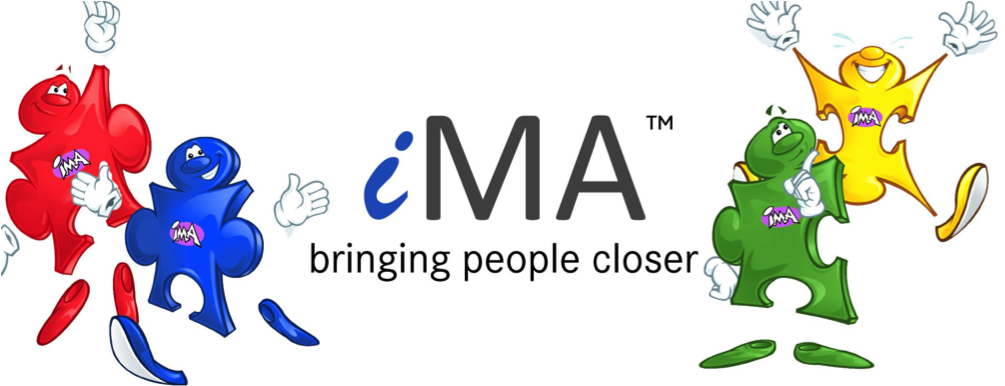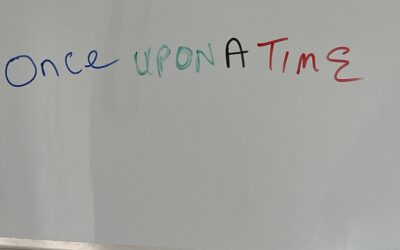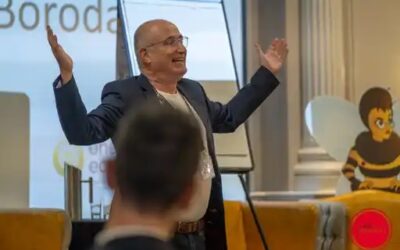Learn how to speak so people actually listen. Discover proven techniques to capture attention, build connection, and deliver presentations that truly engage your audience.
Why Some People Speak — But Few Are Heard
We’ve all been there: someone speaks, but nobody really listens.
It’s not that their message isn’t valuable — it’s that the delivery doesn’t connect.
In today’s world of short attention spans, strong presentation and communication skills aren’t just professional advantages — they’re essential. If you want structured guidance, you can explore Ashley Boroda’s public speaking courses in London.
If you want people to not just hear you, but truly listen and remember, you need to communicate with clarity, confidence, and connection.
Here’s how.
Know Your Audience Before You Speak
The most engaging speakers start long before they say a word. They ask:
- Who am I speaking to?
- What do they care about?
- What challenges or goals do they have?
When you understand your audience’s perspective, you can shape your message to meet their needs, not just your own. For your speech/presentation to work you need a win-win; give the audience what they want or need and achieve your objectives at the same time.
People listen when they feel spoken to, not spoken at.
Start With a Hook — Not a History
The first 30 seconds determine whether your audience tunes in or checks out.
Avoid opening with long intros or heavy background. Instead, grab attention with:
- A surprising statistic
- A relatable story
- A bold statement or question
The sort of questions that gets people’s full attention is what you are looking for, for example a question alike this:
“Did you know the average person forgets 90% of a presentation within 48 hours?”
Speak With Energy and Emotion
You can’t inspire people with monotone delivery. Your voice is your instrument — use it intentionally.
- Vary your tone and pace to add energy and emotion
- Pause for effect after key points
- Show enthusiasm — if you don’t sound excited, why should they be?
Remember, emotion drives attention. When you feel your message, your audience will too.
Make It a Conversation, Not a Monologue
Even if you’re presenting to hundreds, aim to sound like you’re speaking to one.
Engage your listeners:
- Ask questions
- Invite brief reflection
- Acknowledge reactions and body language
When people feel included, they stay engaged.
Simplify Your Message
Complex doesn’t mean clever. The best communicators make big ideas feel simple.
Use these techniques:
- Stick to three key points
- Use short sentences and everyday language
- Replace jargon with relatable examples. You don’t need to demonstrate your specialist knowledge by using jargon, as some of your audience won’t understand all of your references; at that point they will stop engaging.
Clarity builds credibility — and helps your audience remember what you said.
Tell Stories — Not Just Facts
Facts inform. Stories inspire.
People may forget your statistics, but they’ll remember how your story made them feel. You are aiming for members of your audience to be able to repeat your stories. That way you know that they have been listening to you.
Use personal or relatable stories to:
- Illustrate a point
- Humanise your message
- Build emotional connection
- Without using any slides.
A story turns data into meaning — and meaning into memory.
End With Purpose
Your close is your final chance to make a big impact.
End by:
- Creating a clear takeaway message
- Causing a reaction
- Asking the audience to repeat a phrase or mantra.
The Bottom Line
When you speak or present, your goal isn’t just to be heard — it’s to be understood and remembered.
You don’t need to be the loudest voice in the room to command attention.
You just need to speak with clarity, confidence, and genuine connection.
Because when you speak with authenticity — people won’t just listen.
They will lean in and take note.




